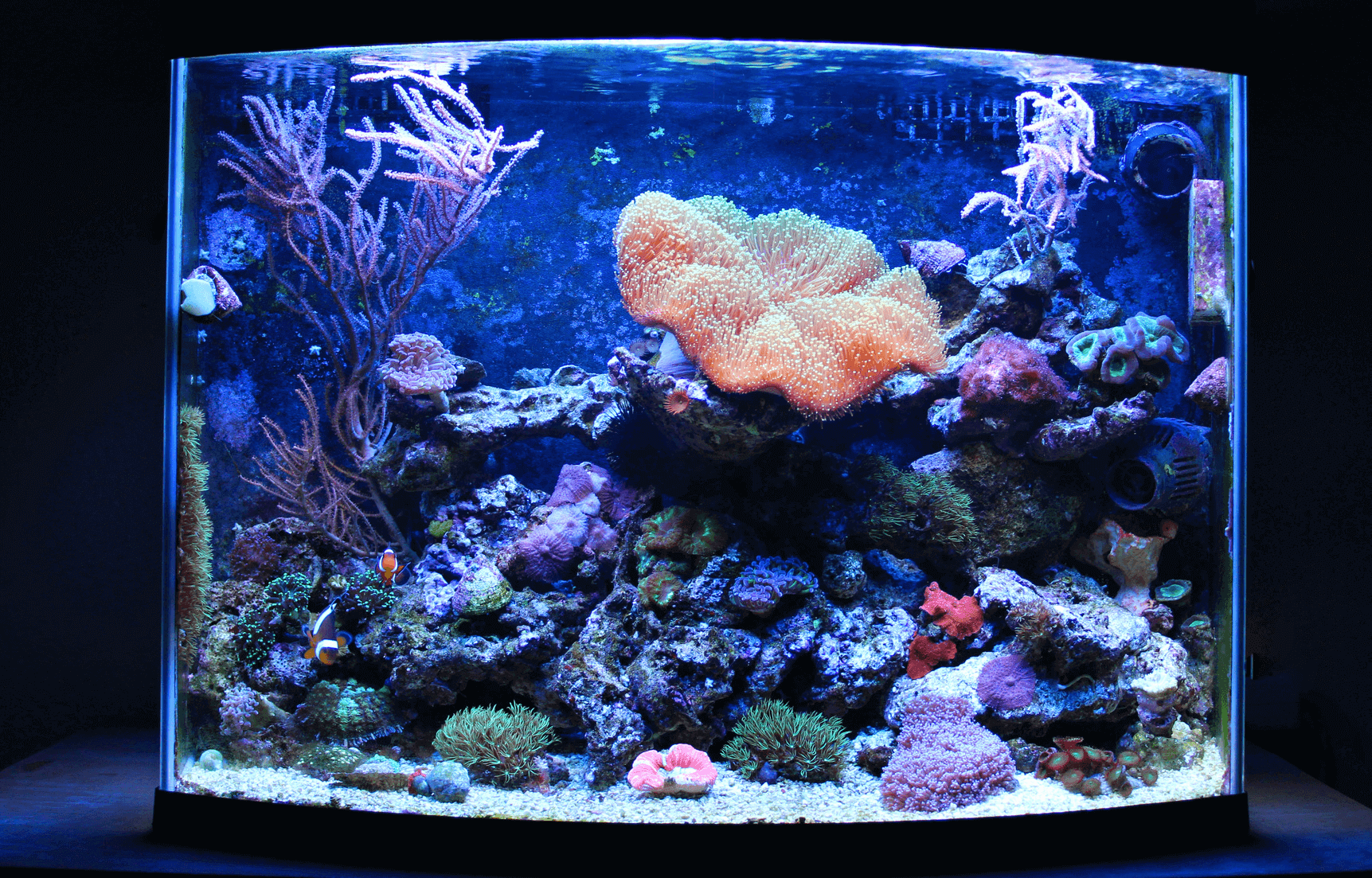Something You Find In A Fish Tank
In the world of aquatic life, there are many things that fascinate us. From the vibrant colors of tropical fish to the rhythmic movements of seaweed, there is always something new to discover. However, it's not all fun and games when it comes to maintaining a fish tank. One of the most common challenges that fish tank owners face is dealing with algae growth. If left unchecked, algae can become a nuisance and even harm your fish. In this article, we will explore the topic of algae in fish tanks and provide tips on how to keep it under control.
Pain Points of Algae in Fish Tanks
There are few things more frustrating than having a beautiful fish tank ruined by ugly green or brown algae. Not only is it unsightly, but it can also be harmful to your fish. Excessive algae growth can reduce the amount of oxygen in the water and create an imbalanced ecosystem. Additionally, cleaning a fish tank with heavy algae growth can be a time-consuming and unpleasant task.
Answer to the Problem
The good news is that algae growth is a manageable problem. One of the best ways to control algae is by performing regular water changes. Algae thrives in stagnant water, so changing out a portion of the water every week can help keep it at bay. Additionally, adding plants to your fish tank can help absorb excess nutrients that contribute to algae growth. Finally, consider adding an algae-eating fish to your tank, such as a Siamese algae eater or a bristlenose pleco.
Main Points for Algae Control
Overall, the key to controlling algae in a fish tank is to maintain a balanced ecosystem. This means regularly testing the water for pH, nitrate, and nitrite levels and taking corrective action as needed. Keeping the tank clean by removing uneaten food and fish waste can also help prevent algae growth. By taking these steps, you can ensure that your fish tank remains a healthy and beautiful environment for your aquatic pets.
Cleaning the Tank
One way to deal with algae growth is by cleaning your fish tank. The most important thing to remember when cleaning a fish tank is to never use soap or any other cleaning product that could be harmful to your fish. Instead, use a scrubber designed specifically for cleaning fish tanks. Start by removing any decorations or rocks and scrubbing them with the scrubber. Then, use an algae scraper to remove algae from the sides of the tank. Finally, siphon out debris from the bottom of the tank with a gravel vacuum.
Using Chemical Treatments
If the above methods are not effective, you may need to use a chemical treatment to get rid of algae. However, it's important to use caution when using chemicals in a fish tank. Make sure to follow the instructions carefully and only use products that are safe for your particular type of fish. Additionally, be aware that some chemicals can harm plants and other organisms in the tank.
Algae Inhibitors
One example of a chemical treatment for algae is an inhibitor, which works by slowing down the growth of algae. Another option is an algaecide, which kills algae outright. However, these treatments should only be used as a last resort and should be used with caution to avoid harming your fish.
Question and Answer
Q:
Is it safe to use bleach to clean a fish tank?
A:
No, bleach can be very harmful to fish. Never use bleach or any other cleaning agent that could be harmful to your fish.
Q:
How often should I perform water changes to prevent algae growth?
A:
You should perform partial water changes of 10-20% once a week to keep algae growth at bay.
Q:
Can an aquarium filter help prevent algae growth?
A:
Yes, an aquarium filter can help remove excess nutrients from the water that contribute to algae growth.
Q:
Can too much light cause algae growth?
A:
Yes, excessive light can contribute to algae growth. Make sure to only leave the aquarium light on for 8-10 hours a day.
Conclusion
In conclusion, algae growth is a common problem in fish tanks, but it can be dealt with by maintaining a balanced ecosystem. By performing regular water changes, adding plants, and using algae-eating fish, you can keep algae growth under control. Additionally, taking care when cleaning your fish tank and using chemical treatments only as a last resort can help ensure a healthy environment for your aquatic pets.
Gallery
Just Found Something Odd Floating In Fish Tank | My Aquarium Club

Photo Credit by: bing.com / tank fish floating odd something found just
Pin On Fish Tank

Photo Credit by: bing.com / betta halfmoon dogpounds icu
Amateur Aquatics - Keeping Fish - Setting Up Your First Fish Tank

Photo Credit by: bing.com / fish tank keeping setting aquatics amateur part first slice steps final following something through go
10 Things You Shouldn’t Put In Your Fish Tank | Fishkeeping World

Photo Credit by: bing.com / aquarium should fishkeepingworld saltwater betta acquario filtrazione level seriable filtration ran raviv aquariums
Need Fish Recomendations For This Tank- Its A 7 Gallon Tank So

Photo Credit by: bing.com / bettas cheers ive